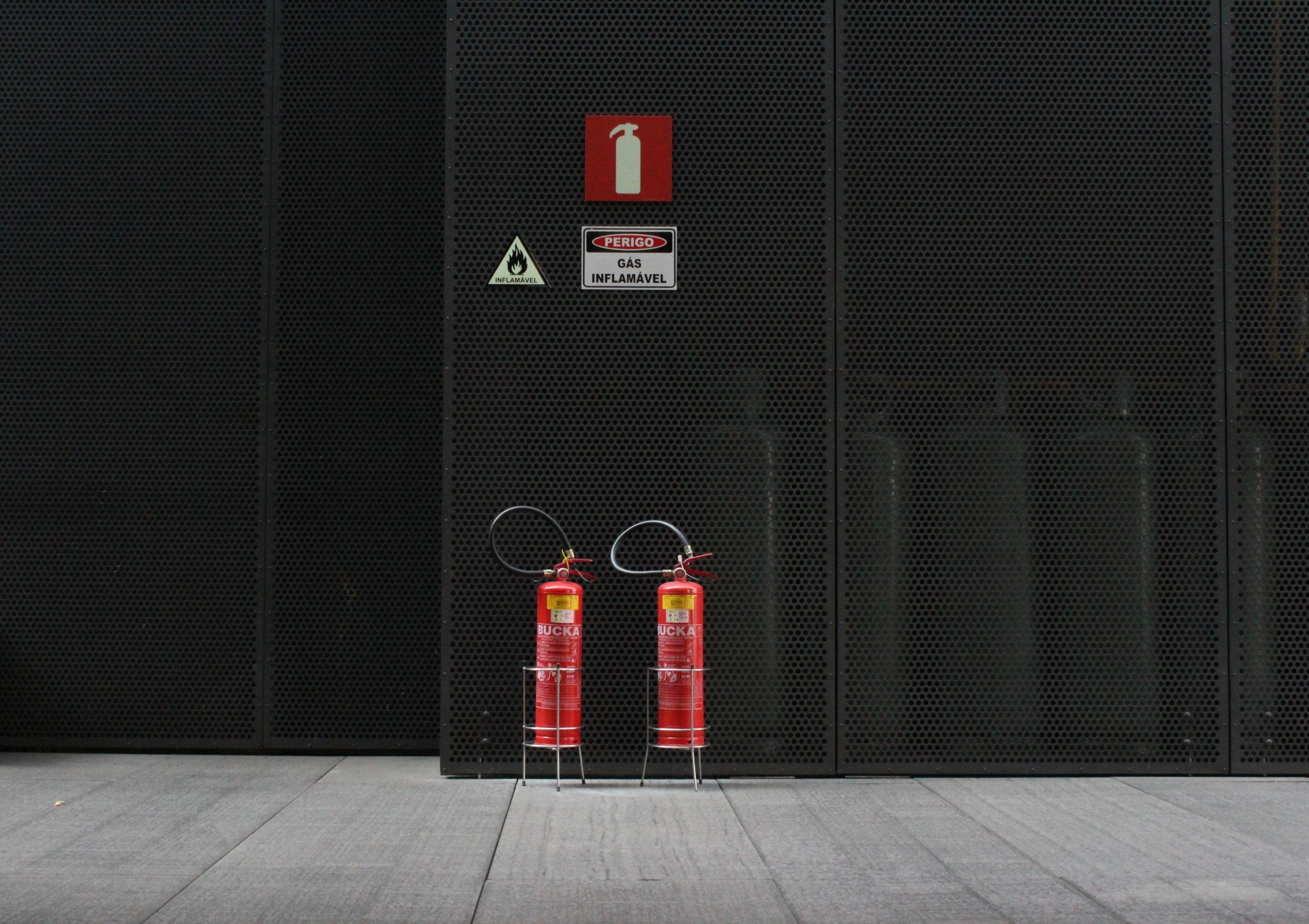Safety in the fire department of Sydney isn’t just the matter of ticking compliance boxes. The Annual Fire Safety Statement is the heart of the system. It is not just a way to meet the legal requirements, but also shows the owner’s dedication and commitment to security. Together with the Fire Safety Certificate, the AFSS forms the basis of an organized system that guarantees the safety of the building’s occupants as well as reassures insurance companies and makes councils feel confident about the buildings that make up their city.

The reason why there is an annual Fire Safety Statement
The Annual fire safety statement Sydney obligation was never intended to be a document for the sake of completing paperwork. The requirement was formulated because regardless of how well the fire protection system made, it will only function if it’s regularly tested, maintained and certified. Sprinklers constructed ten or more years ago may look good but they might not be effective in a crisis If they’re not regularly inspected.
The AFSS obliges property owners to demonstrate, at least annually, that their fire safety measures, ranging from alarms to hydrants to exit lighting, still meet the original standards established by the Building Code of Australia. The AFSS does not just serve as an inspection, but rather a publicly-proclaimed declaration of the safety and resilience of the building in the in the event of a major catastrophe.
What is the difference between AFSS and Fire Safety Certificates?
Many owners confuse the annual statement with Fire Safety Certificate, but their objectives differ. The certificate is given when a major upgrade or a new system is put in place. It’s a way of confirming that new measures comply with the regulations prior to a building being utilized or being rented. The AFSS however, on the other however, will be issued later. It’s a regular duty that ensures all systems meet requirements every year.
They establish a cycle of protection when they’re combined: certificates prove that the safety systems were correctly installed and the annual reports verify that the systems are maintained throughout the lifespan of the building. A failure to complete each step can weaken the whole chain.
The building owners’ responsibility
One of the most distinctive aspects of the AFSS procedure that is unique to New South Wales is that it puts the ultimate responsibility on the property’s owner. The AFSS system differs from other compliance systems that allow defects to be classified as major and minor. If any one of the measures fails the entire report cannot be issued with any validity.
Owners must be proactive. They should schedule inspections, engage certified professionals, make repairs, and lodge documents with council–all while meeting strict deadlines. For strata and commercial landlords, this means that they must coordinate with each other. committees, this also includes coordination between tenants and contractors as well as insurers. While it isn’t easy, this system is designed to ensure safety is never threatened or delayed.
The Impact of the Broader AFSS in Sydney
The AFSS exceeds the scope of legal compliance. The most recent fire safety declaration is frequently demanded by tenants when they make a decision on whether or whether to lease a space. Insurance companies will also require this form of documentation prior to deciding on the insurance coverage. A current Annual fire safety statement can therefore influence property value, tenant confidence, and even insurance premiums.
Councils can rest assured that the thousands of Sydney structures are systematically monitored. Fire authorities will be able to minimize risks by ensuring that systems work in real emergencies. The AFSS doesn’t just concern protecting buildings. It’s also about making the town safer as a whole.
Conclusion: AFSS is a Standard of Trust
The annual statement on fire safety Sydney requirements may appear as a bureaucratic obstacle however, in reality, it’s a mark of confidence. It shows that fire safety can’t be an issue that is left to chance, and that the equipment is safe and that property owners are willing to take the responsibility for the safety of those who reside in their buildings. When combined with the Fire Safety Certificate, it is a complete system that demonstrates both the installation as well as the continual performance of crucial security measures.
For owners of properties, the message is obvious: the AFSS is more than an annual deadline. It’s a commitment to community trust security, accountability and safety. The AFSS is a valuable asset in Sydney’s rapidly growing urban environment where thousands of residents rely on safe and secure buildings.


